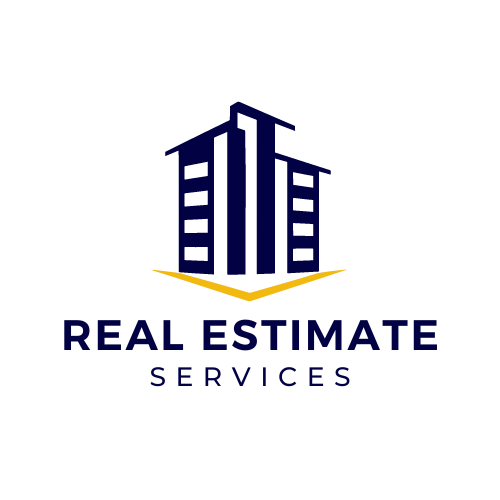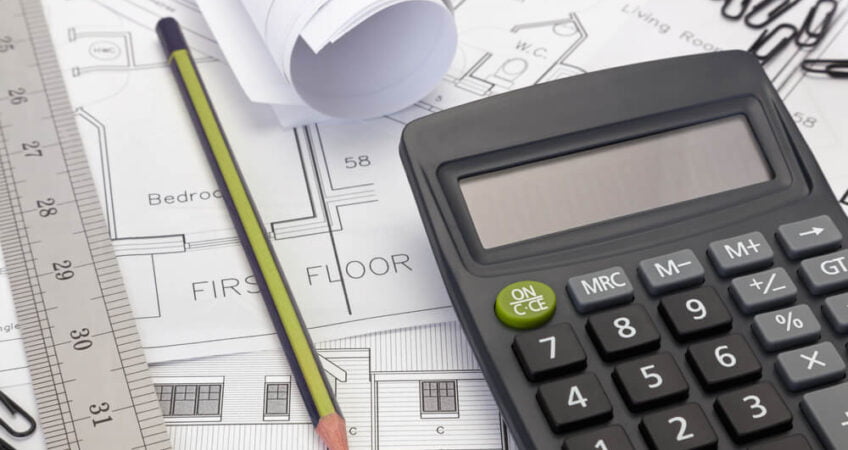When planning a residential construction project, creating an accurate estimate is crucial for ensuring the project stays within budget and on schedule. A well-prepared estimate provides a clear financial roadmap, covering all aspects of the build from materials to labor. Here’s a comprehensive guide on how to prepare an effective estimate for a residential building, with key steps and considerations.
1. Conduct a Thorough Site Analysis
Before diving into numbers, start with a thorough site analysis. Understanding the site’s topography, soil condition, and accessibility will directly influence the foundation requirements and overall construction costs. Analyzing the site also helps in identifying potential challenges that could impact the estimate.
2. Calculate the Total Building Area

Accurate measurement of the building area is the foundation of a reliable estimate. Begin by calculating the total square footage of the residential building. Include all floors, basements, and any additional structures like garages or patios. Accurate area calculations allow you to determine the quantity of materials needed, which is critical for estimating costs.
3. Choose Materials Wisely
Material selection is a significant factor in residential construction costs. Different materials come with varying price tags, durability, and maintenance needs. When preparing your estimate, list all required materials for foundations, walls, roofing, flooring, and finishes. Include current market prices and anticipate any potential price fluctuations. Always choose materials that balance quality with cost-effectiveness.
4. Estimate Labor Costs
Labor costs form a substantial portion of any residential building estimate. Calculate the number of workers needed, the duration of their work, and their hourly or daily rates. Don’t forget to include costs for specialized labor such as electricians, plumbers, and carpenters. Additionally, consider the potential for overtime work, which could increase labor costs.
5. Set a Realistic Construction Timeline
Your construction timeline affects the overall cost of the project. A longer construction period can increase labor costs and equipment rental fees. When estimating, establish realistic deadlines and consider adding a buffer to account for unexpected delays, such as bad weather or supply chain issues. A well-planned timeline can help prevent cost overruns.
6. Include Permits and Legal Fees
Securing the necessary permits is a mandatory step in residential construction. Permit fees, along with costs related to meeting local building codes and regulations, should be included in your estimate. Ignoring these costs can lead to legal complications and expensive fines down the road.
7. Plan for Contingencies
No construction project goes entirely as planned. Unforeseen issues such as material shortages or unexpected design changes can arise. To avoid budget overruns, include a contingency fund in your estimate. This fund typically represents 5-10% of the total project cost and acts as a financial cushion for unexpected expenses.
8. Account for Utility Connections
Connecting the residential building to essential utilities such as water, electricity, and sewage can incur significant costs. If the site lacks existing infrastructure, these costs can be even higher. Ensure that your estimate includes these expenses to avoid surprises later in the project.
9. Factor in Final Inspections and Quality Control
After construction, final inspections and quality control checks are necessary to ensure the building meets all safety and quality standards. Include the costs of these inspections in your estimate. This step may also involve third-party inspectors or testing materials and structures, which should not be overlooked in your budgeting process.
Conclusion
Estimating the cost of a residential building involves careful consideration of various factors, from site analysis to final inspections. By following these steps and keeping a close eye on all aspects of the project, you can create a comprehensive estimate that guides the construction process and helps prevent budget overruns. Use this guide as a foundation for developing a detailed and accurate estimate for your residential building project.

